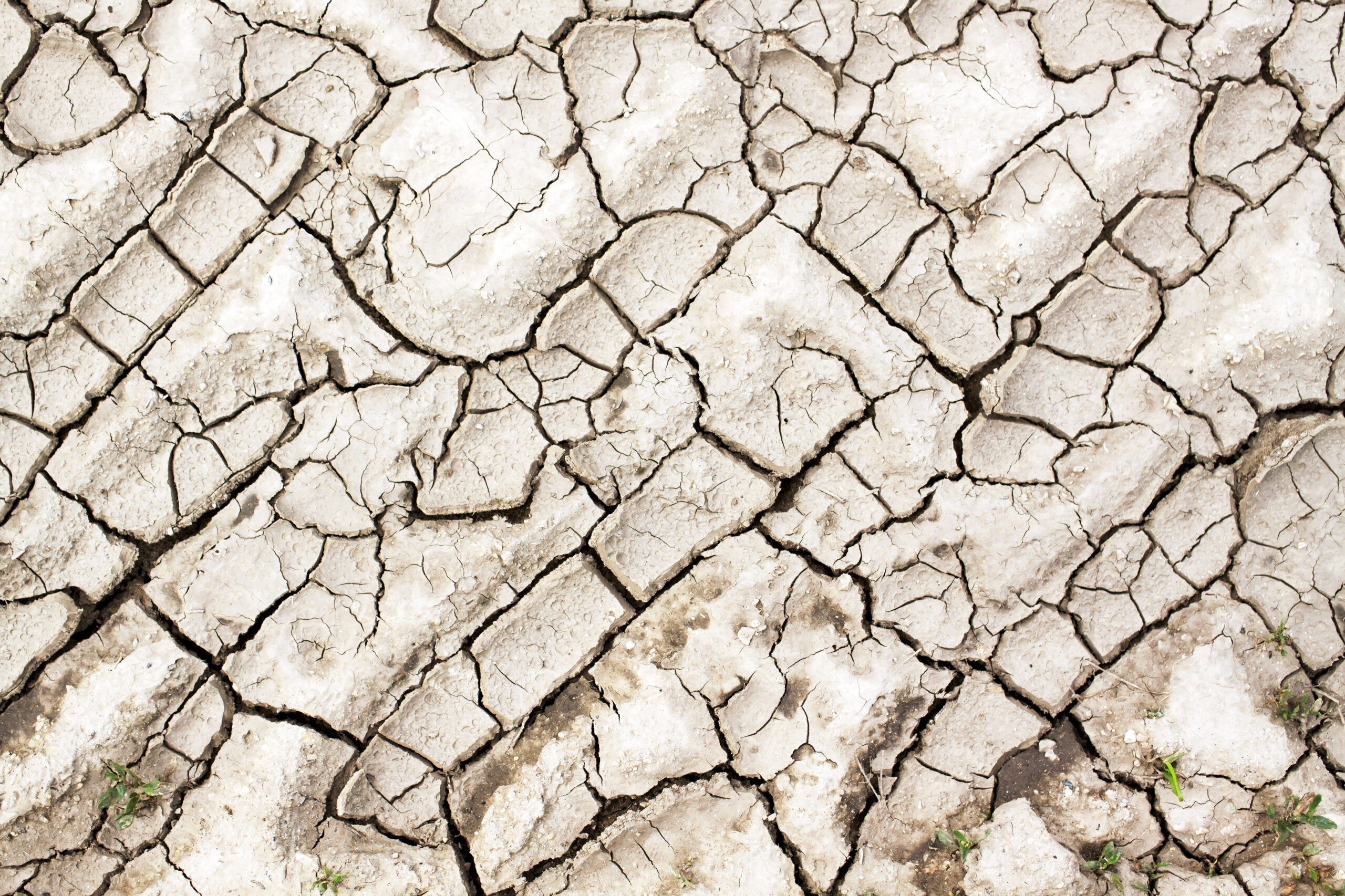
Concrete produces cracks at an alarmingly high rate. The explanations for these imperfections are broad-ranging. It is virtually impossible to render concrete that is crack-free for a prolonged period. Leaving concrete in the truck is the only way to keep it from cracking. This is because concrete shrinks and expands in response to changes in moisture and temperature. Concrete, for the most part, shrinks rather than expands. Concrete starts to crack at a young age as it shrinks. Although the resultant cracks are unsightly and difficult to maintain, they do not affect the concrete's integrity as a walking surface.
Concrete moves in lockstep with the seasons as temperatures rise and fall. Many concrete cracks are caused by the freezing and thawing period of the winter. Concrete freezes at about 18 degrees Fahrenheit and then cracks as it thaws out in the late winter and early spring. Instead of salt, and it should be added to concrete surfaces. The free and thaw period of concrete is accelerated by salt, which increases cracking.
Concrete cracks for a variety of reasons, not just because of the cold. When exposed to direct sunlight and humidity, it often cracks. Concrete stretches and moves as the temperature rises. When the sun sets, and the temperatures drop, the concrete shrinks down to its original size due to the intense heat it was subjected to. This problem can be solved by using a solvent-based high-quality acrylic silicone sealer. Alternatively, a concrete manufacturer may inject an epoxy or use a dry packing/routing method to stabilize the concrete's cracking areas.
Control joints are pre-planned cracks found in concrete slabs and concrete driveways. These joints serve as a weak point to allow for concrete shrinkage. Instead of allowing random sections of the concrete slab to crack over time, often at remarkable (and undesired) depths, the control joint's concrete is purposely cracked. Concrete installers anticipate cracking around these control joints at some stage in the future.
Concrete can shrink if moisture is lost easily when it is still in its plastic form. Changes in external temperatures, humidity, and even the strength of the wind can cause this. Concrete is extremely fragile when it is first laid because the moisture evaporates rapidly and efficiently. The top level of the concrete shrinks as moisture evaporates faster than the "bleed water" (excess water) from the mix will replace it. As a result of the shrinkage, tension is generated between the top and bottom layers of concrete. Ground cracks occur on the very top of the concrete as a result of this. These cracks will gradually develop into full-fledged cracks that penetrate deep into the layers of the concrete.
Fog nozzles that saturate the air immediately above the concrete's surface will solve this problem. Other methods include using waterproof paper, wet burlap, plastic sheets, or a liquid membrane that covers the top and reduces evaporation. Windbreaks will assist by reducing the wind's effects. To prevent shrinkage cracking, sun shades should be used to lower temperatures to acceptable amounts.
Even after the concrete has been installed, it may develop "hardened state cracking" later. If too much moisture is lost from the cement paste, drying shrinkage cracking occurs. This can be avoided by changing the proportions of the concrete mix to minimize water volume while increasing the other components. Alternatively, the reinforced steel may be changed. According to some studies, control joints are efficient at causing cracking on predetermined weak points, preventing spontaneous and deeper cracks from forming elsewhere.
Several causes can cause swelling concrete. The following are the most significant. Salts such as sulfates, which can be found in the soil and come into direct contact with the concrete, can cause it to swell. This triggers a chemical reaction with the aluminate in the cement, resulting in expansive material. Swelling can also occur due to the free water in the concrete freezing, which expands in volume as it freezes. Finally, oxidation of the internal reinforcement in concrete will lead to swelling, which is accelerated by cracks!
This is specifically a problem with large structures. Exothermic reactions produce heat that dissipates over time, such as cement hydration. Differential deformation, which can contribute to cracking, is caused by temperature variations that are not uniform in the structure.
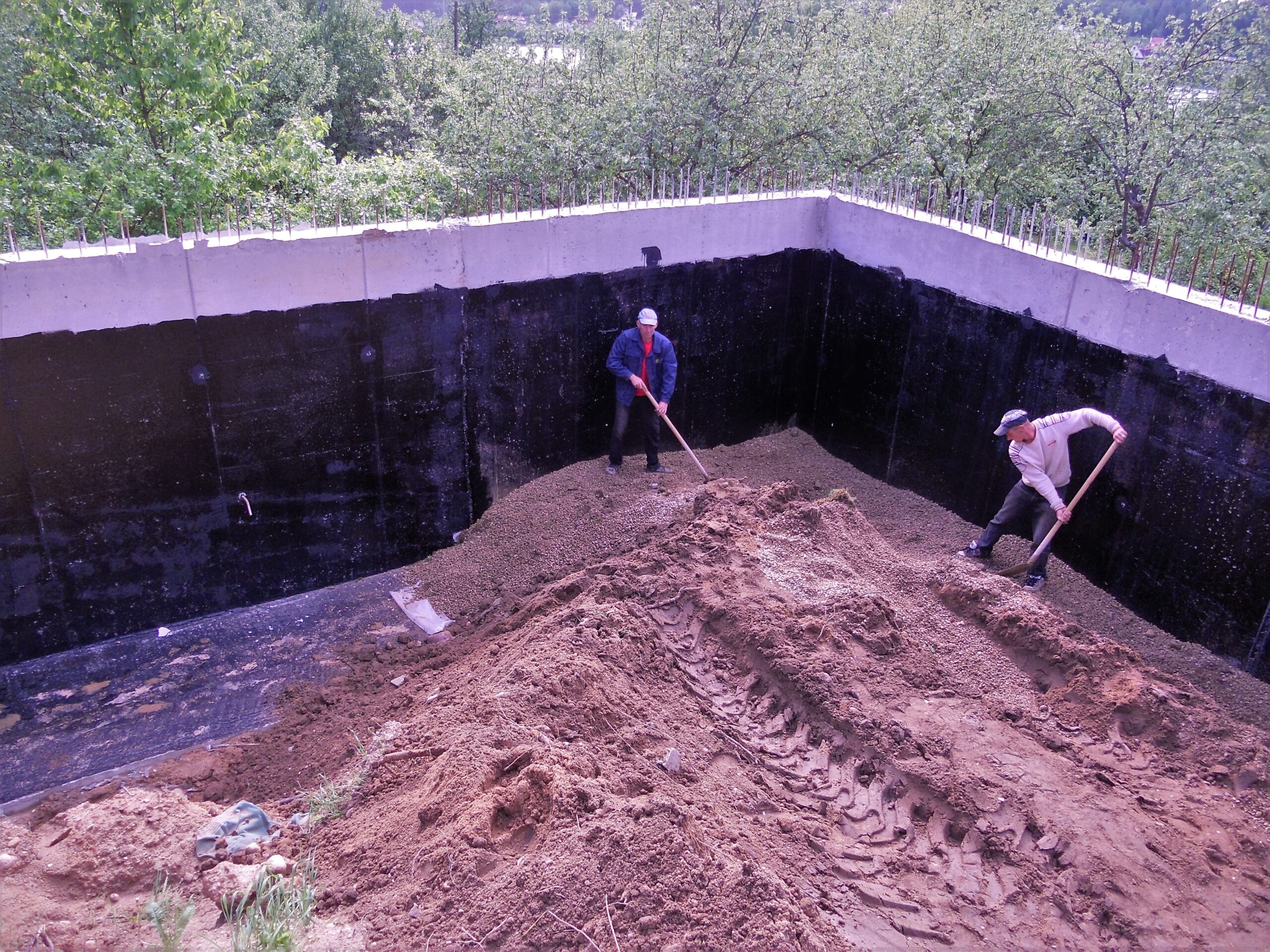
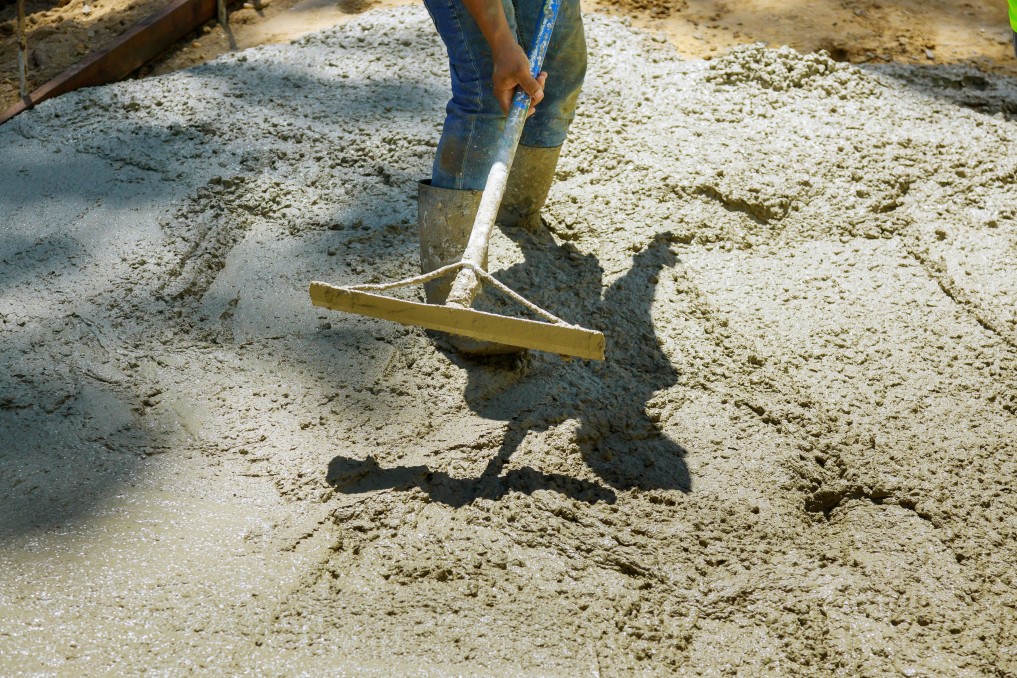

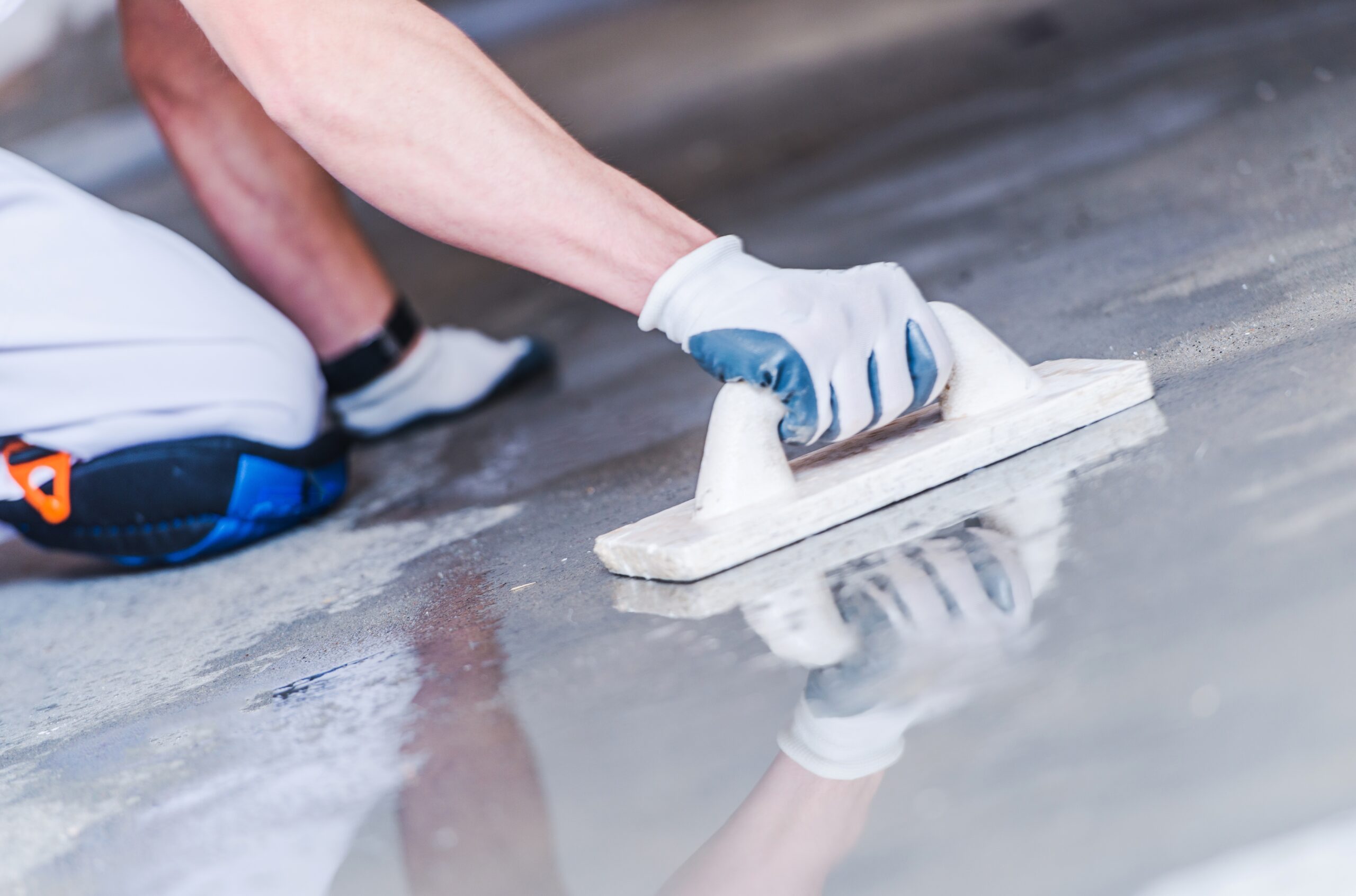
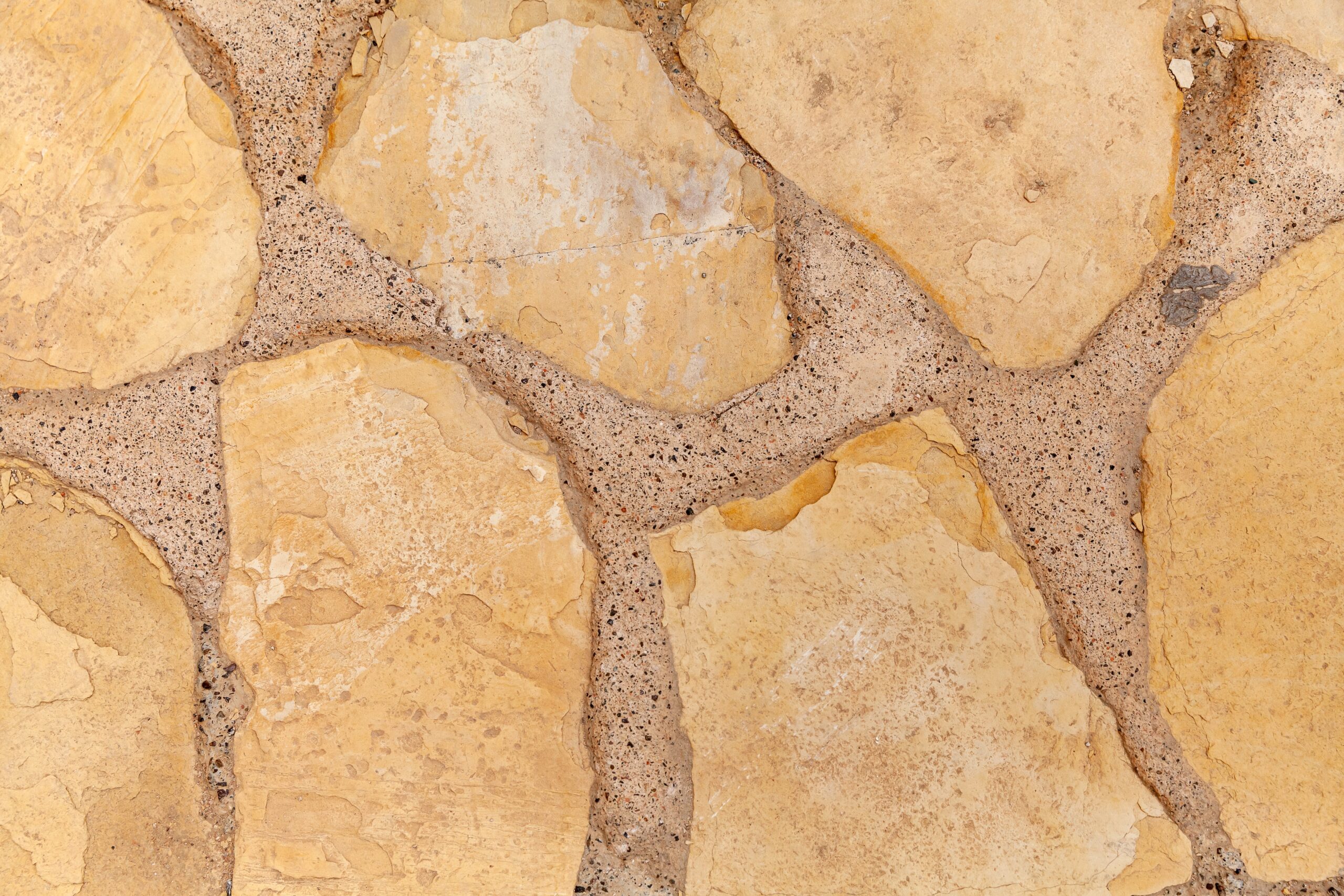




Brothers Concrete Contractors
© Copyright 2020 -All Rights Reserved by BizBitz